In 1891, The Smithsonian Bureau of Ethnology Bulletin, (Vol 13, issue 1, U.S. Govt. Printing Office) listed only two “whole Bibles” in its “Bibliography of Algonquian Languages”. The Bible in Massachusetts by J. Eliot, and the Bible in Cree by W. Mason. The “Eliot Bible” was published in Cambridge, Massachusetts in 1663, and it is the first Bible of any language to be printed in North America, and the first Native American language Bible.
Almost 200 years later, the Mason Bible in Cree was published in London by the British and Foreign Bible Society in 1862, and thus was the second Native American (First Nations) language Bible.
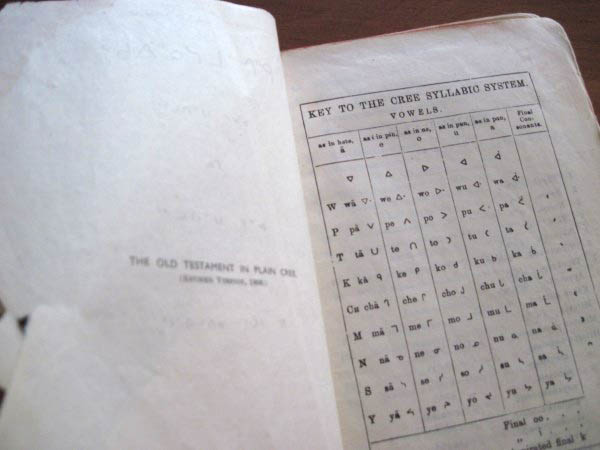 The overleaf on the 1908 (J.A. Mackay) revision of the Mason Cree Bible says “The Old Testament in Plain Cree”, which is a reference to the variety of the Cree language that is spoken “on the plain“, which in modern times is referred to as “Plains Cree”. Although the names “W. (William) Mason” and “J.A. (John Alexander) Mackay” are the individuals generally associated with this book, how this Bible actually came to be is an engaging and remarkable story:
The overleaf on the 1908 (J.A. Mackay) revision of the Mason Cree Bible says “The Old Testament in Plain Cree”, which is a reference to the variety of the Cree language that is spoken “on the plain“, which in modern times is referred to as “Plains Cree”. Although the names “W. (William) Mason” and “J.A. (John Alexander) Mackay” are the individuals generally associated with this book, how this Bible actually came to be is an engaging and remarkable story:
James Evans, a Wesleyan Methodist missionary, developed a syllabic orthography for translating religious works into Ojibwe in the mid 1830s. In 1840 he was assigned to Norway House at the northern end of Lake Winnipeg in present-day Manitoba. He lost no time in adapting his syllabic writing system to Cree, the language of the First Nations peoples there. Read more about this remarkable writing system here (click). You will recall that this is also the writing system used for Naskapi, and many other Canadian languages.
Evans was succeeded at the Norway House mission in 1843 by William Mason, who also married Sophia Thomas that same year. Sophia was the daughter of a Cree woman who was married to Hudson’s Bay Company Chief Factor Thomas Thomas. Sylvia Van Kirk (1983) writes:
“Sophia, the youngest daughter of former governor Thomas Thomas, had been placed in the care of the Church of England missionaries at an early age. An apt pupil and “a good pious girl”, she grew up a devout Christian. In 1843, she married the Reverend William Mason and, with her knowledge of Cree and her sincere interest in the welfare of the Indians, was a great help to her husband’s ministry at Norway House. Although she had a delicate constitution, Sophia was reputed to have devoted herself unceasingly to the operation of the Indian day school, visiting the sick, and translating hymns and scripture. Her lasting work was the production of a Cree Bible.“
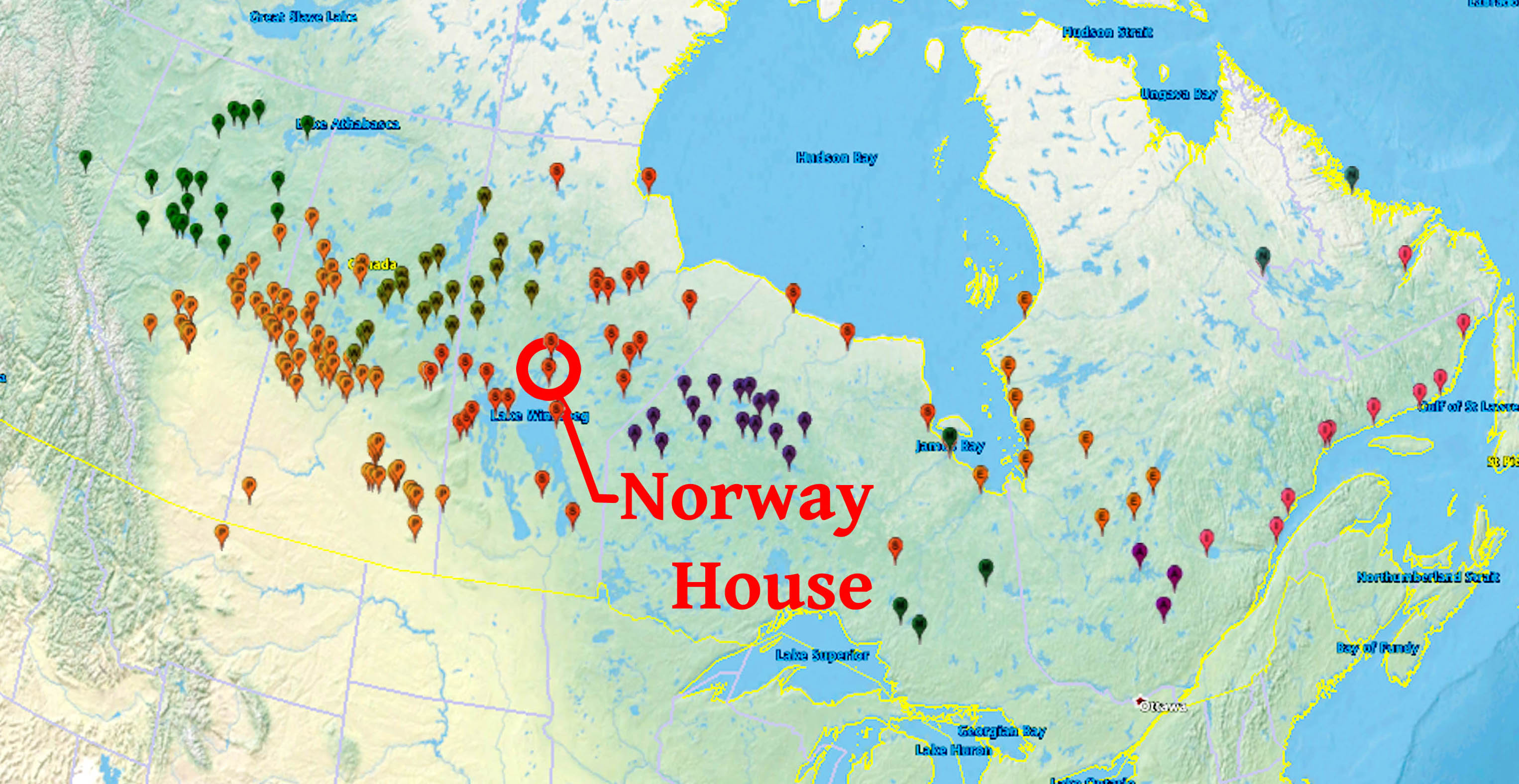 Anne Lindsay and Jennifer Brown (2009) continue Sophia’s story in an article by the Manitoba Historical Society:
Anne Lindsay and Jennifer Brown (2009) continue Sophia’s story in an article by the Manitoba Historical Society:
“In 1858 the Masons moved to England where they oversaw printing of the New and Old Testament in Cree syllabics. These printed Cree syllabic texts were credited only to William Mason, which set off complaints from Native co-workers John Sinclair and the Reverend Henry Bird Steinhauer that they had contributed substantially to the work. William Mason’s own remarks suggest that his wife’s role in the translations was considerable. Sophia Thomas Mason, whose health had always been delicate, began to suffer pleurisy soon after arriving in England, and her work on translations was often stopped when she was overwhelmed by pain. In July 1861 she gave birth to her ninth child, and in the fall of that year the last of the Old Testament books was printed in Cree syllabics. On 10 October 1861 she died of tuberculosis.”
Sophia’s husband’s journal entry on her death stated, “She has been spared to accomplish a great work, the Cree Bible; and to bear such a testimony for Jesus amongst the heathen, by the patience with which she suffered, and her zeal and persevering labours to make known the glorious Gospel of salvation…”
Joseph Lofthouse (1922) wrote, “The translation of the Bible into Cree was to a very large extent the work of Mrs. Mason, who was a native of Red River, had grown up amongst the Indians, and understood their language perfectly. It is the most idiomatic and by far the best translation that has ever been made in Cree. … Mrs. Mason on her dying bed finished the last chapter of this marvelous book, which has been such a blessing to the Indians of the whole north country.”
It is this book that even today sits on the pulpits of hundreds of churches in First Nations communities across Canada, from Hudson’s Bay to the Rocky Mountains.
As you can see from the map, Cree territory covers a vast area and indeed includes several distinct language varieties. Linguistic work over the past half century has documented these varieties, and their characteristics are described in the Ethnologue. (click the link for more information). In many cases, the contemporary language variety spoken in these communities is quite different from the dialect of Cree used in Mason’s Bible. In these situations, previous generations of speakers learned to read the “Plains Cree” syllabics, and this practice developed a hierarchy of bi-literate “experts” who served as catechists, deacons, lay-readers and clergy, and these persons were able to teach others in their own language variety by translating from Mason’s Bible.
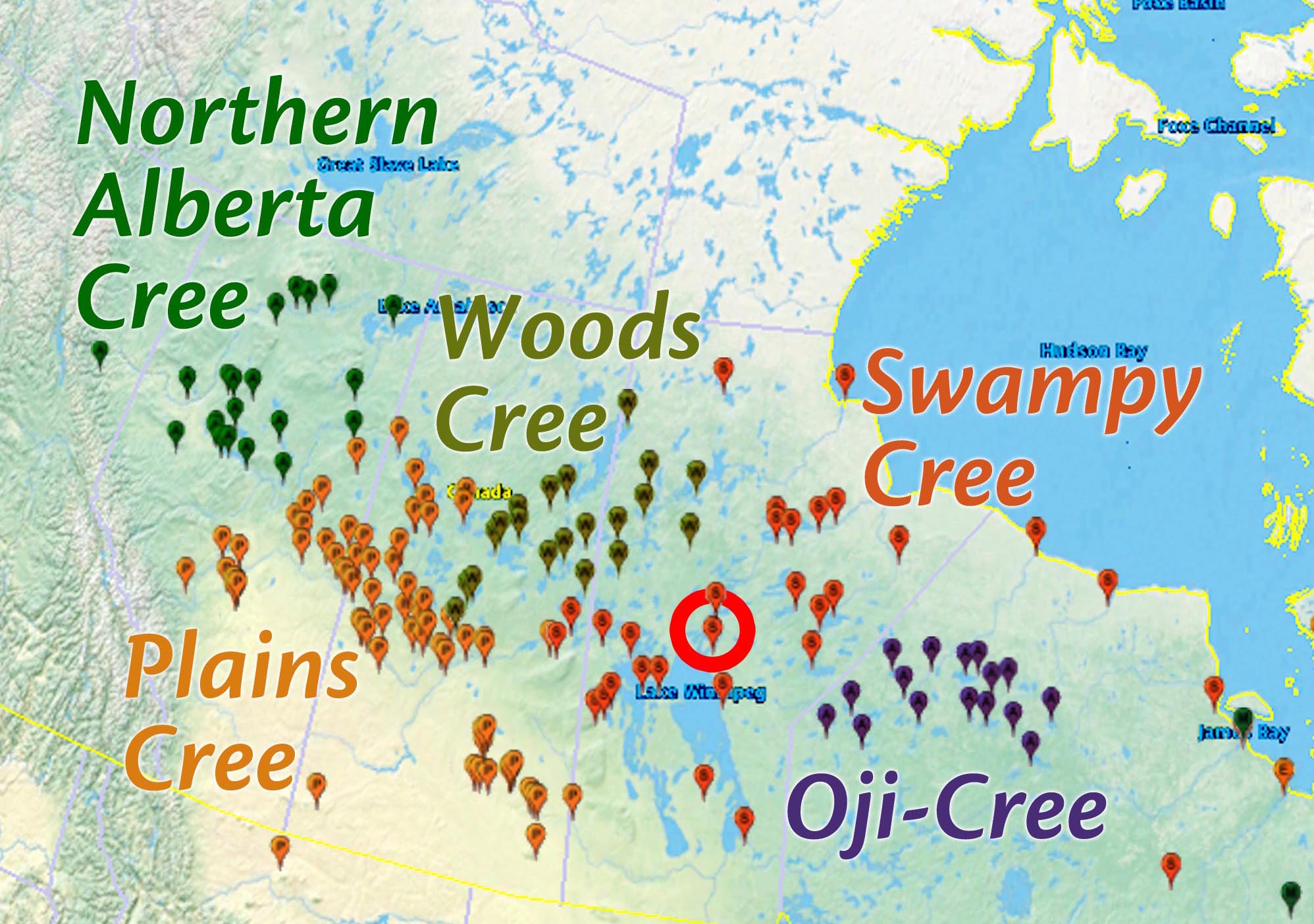 Over the years, some of the linguists who study these languages have quipped that “God Speaks Cree”, referring to the special position that the Mason Cree Bible holds in the hearts of many speakers of different varieties of Cree, Ojibwe and Oji-Cree. Indeed the situation is similar to the way the King James Bible is held in high esteem in many Protestant churches, or even, in communities where the local language is very different from the Cree in the Mason Bible, the situation may be compared to the way the Latin language was revered in Catholic churches before Vatican II allowed services in the local languages.
Over the years, some of the linguists who study these languages have quipped that “God Speaks Cree”, referring to the special position that the Mason Cree Bible holds in the hearts of many speakers of different varieties of Cree, Ojibwe and Oji-Cree. Indeed the situation is similar to the way the King James Bible is held in high esteem in many Protestant churches, or even, in communities where the local language is very different from the Cree in the Mason Bible, the situation may be compared to the way the Latin language was revered in Catholic churches before Vatican II allowed services in the local languages.
The copy that Bill is working from here pictured belonged to a member of the congregation at St. Matthew’s Church in Kingfisher Lake, Ontario. You can see how it is well-worn from use, and many pages have detailed annotations by the user.
But because of a fundamental shift in the way literacy skills are passed on in these First Nations communities, many younger speakers of these Aboriginal languages are growing up not being able to understand the language in the Mason Cree Bible, making it necessary to produce contemporary translations and other language materials in the mother-tongue of the local community.
Nevertheless, the Mason Cree Bible still holds a place of honour and stature across Cree territory, and for that reason one of the priorities of the First Nations Bible Translation Capacity-Building Initiative is to produce a modern, digital publication of the legacy Mason Cree Bible. The Bible Society arranged to have the text keyboarded in the early 1990s, and in recent months is reviewing it for consistency and standardization.
To do this, reviewers compare the keyboarded digital version (either in a printout or on-screen) to a printed copy of the 1908 Mackay revision. Since Bill can read the syllabic script, he is participating in the efforts to complete the review along with other Plains Cree speakers and facilitators. Here pictured is an example of the review process from the book of Leviticus.
Once the review work is done, not only will we be able to once again provide new and improved printed copies of this much-loved volume, but the text will also serve as an interactive, searchable digital resource that may be accessed on computers and handheld devices and also used as a reference work for contemporary Cree and Oji-Cree Bible translation work by translators for years to come.
This post has been an extended feature on the topic of just one of the “priorities” identified by the First Nations Bible Translation Capacity-Building Initiative. Keep watching for other posts right that feature some of the other “priorities”, including the following components of the vision:
- (Cuthand) Plains Cree Translation project
- Oji-Cree Translation project
- Mother-Tongue Translator (MTT) Workshops
- Naskapi Old Testament Translation project
- Mushuau Innu language project
Serving with you, Bill and Norma Jean
Please also remember our daughter Elizabeth who is in Labrador this week with the “Labrador Creative Arts Festival” (LCAF)
https://www.facebook.com/131612796945171/photos/a.594239127349200.1073741827.131612796945171/594248440681602/?type=1&fref=nf&pnref=story
References:
Lindsay, Anne, and Jennifer Brown. 2009. “Sophia Thomas Mason, Cree Translator”, in Memorable Manitobans, The Manitoba Historical Society. Accessed November 20, 2014.
http://www.mhs.mb.ca/docs/people/mason_st.shtml.
Lofthouse, Joseph. 1922. A Thousand Miles From a Post Office, or, Twenty Years’ Life and Travel in the Hudson’s Bay Regions. Toronto: Macmillan Co. of Canada.
Peel, Bruce. 2003. “Thomas, Sophia”, in Dictionary of Canadian Biography, vol. 9, University of Toronto/Université Laval. Accessed November 20, 2014. http://www.biographi.ca/en/bio/thomas_sophia_9E.html.
Van Kirk, Sylvia. 1983. Many Tender Ties: Women in Fur-Trade Society, 1670-1870. Norman, OK: University of Oklahoma Press.

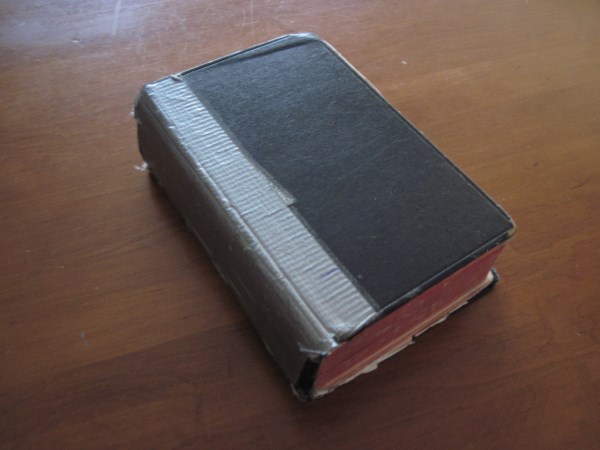
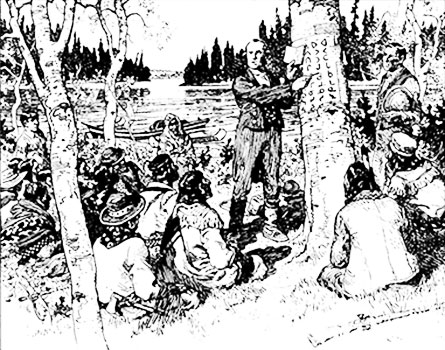
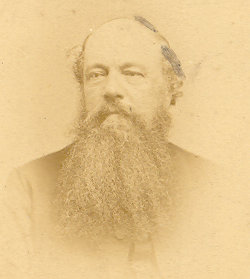
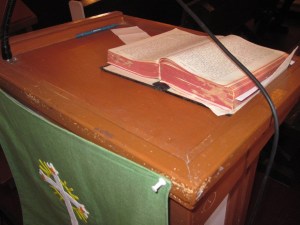
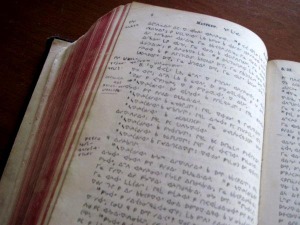
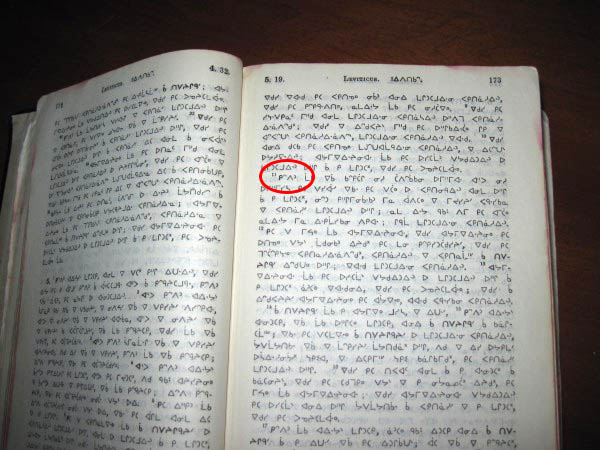
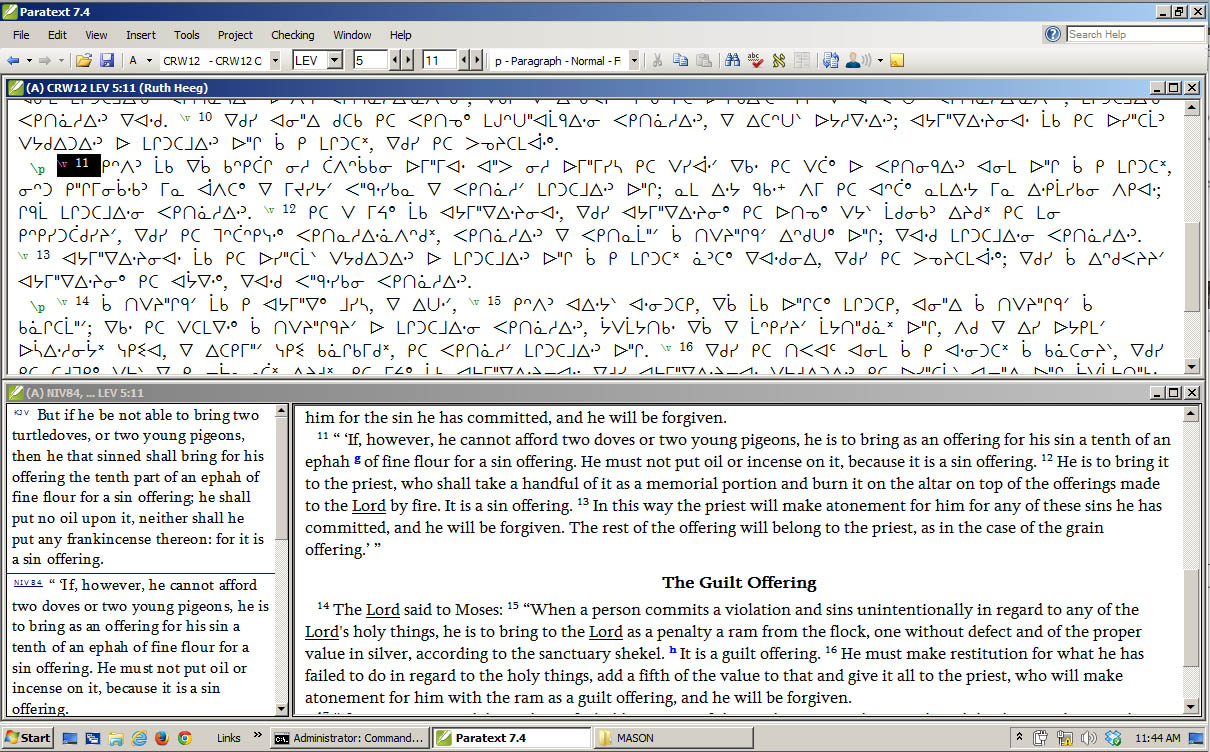
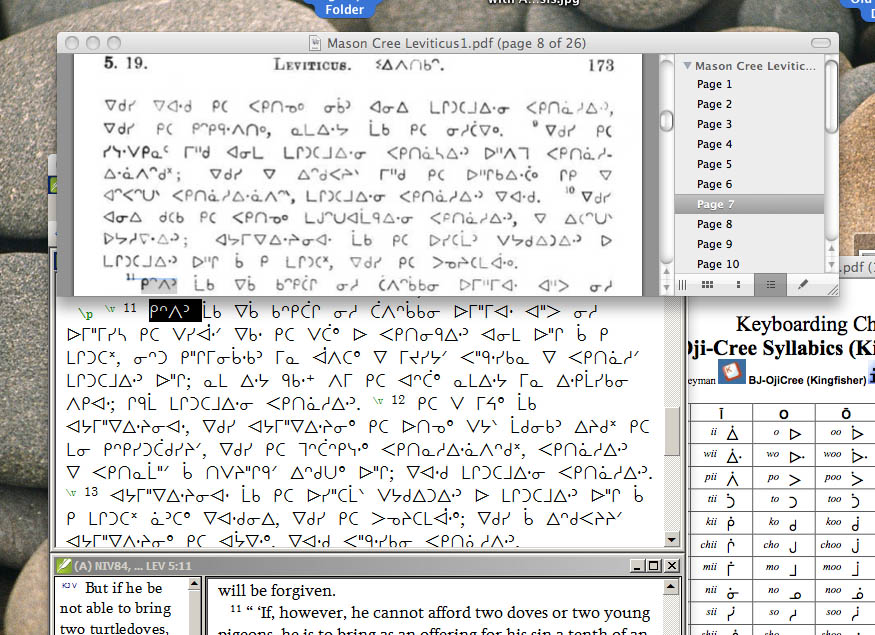
Pingback: Northern Translation Brief: “Cuthand” Plains Cree Translation | Bill & Norma Jean Jancewicz
Pingback: Northern Translation Brief: “Kingfisher Lake Oji-Cree” | Bill & Norma Jean Jancewicz
Pingback: Northern Translation Brief “Mushuau Innu Language Project” | Bill & Norma Jean Jancewicz
Pingback: Northern Translation Brief: Naskapi Translation Project | Bill & Norma Jean Jancewicz
Pingback: Northern Translation Brief: CreeTalker Bible | Bill & Norma Jean Jancewicz